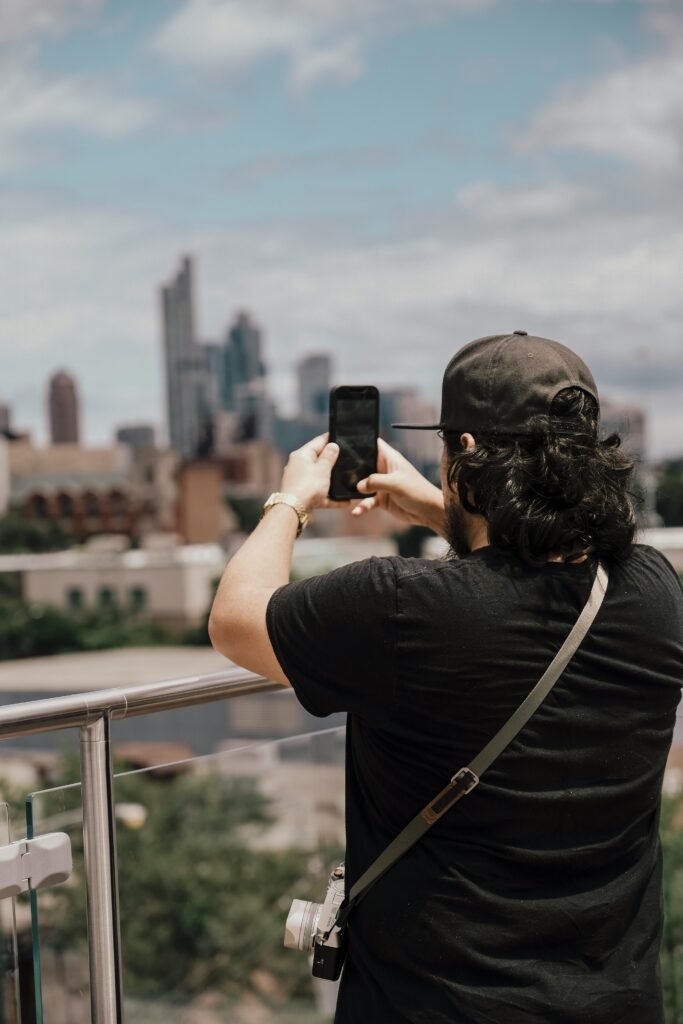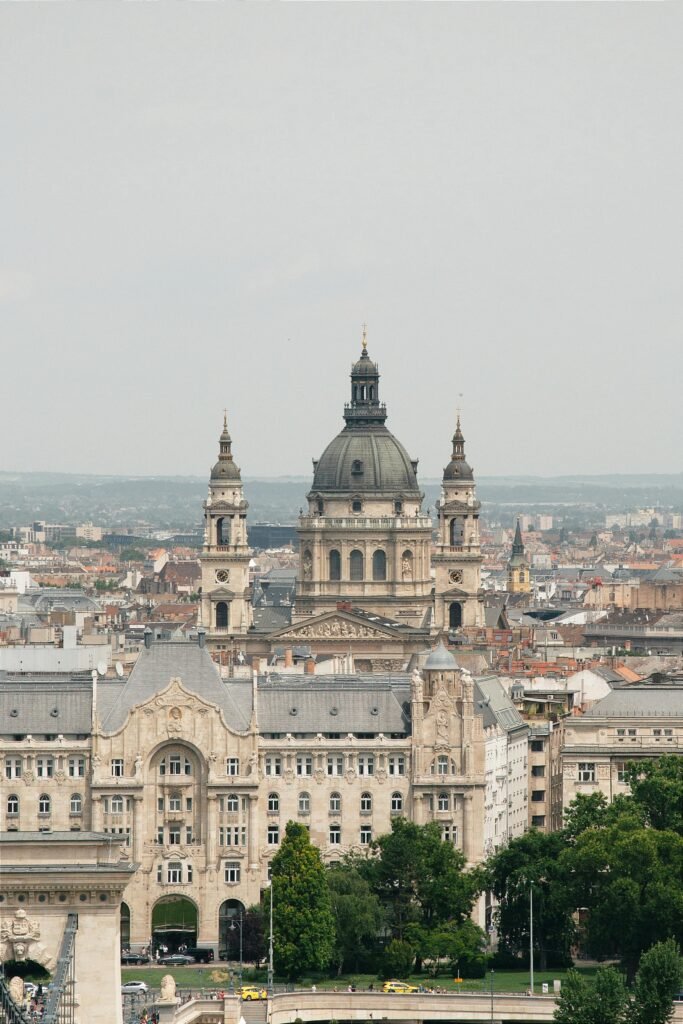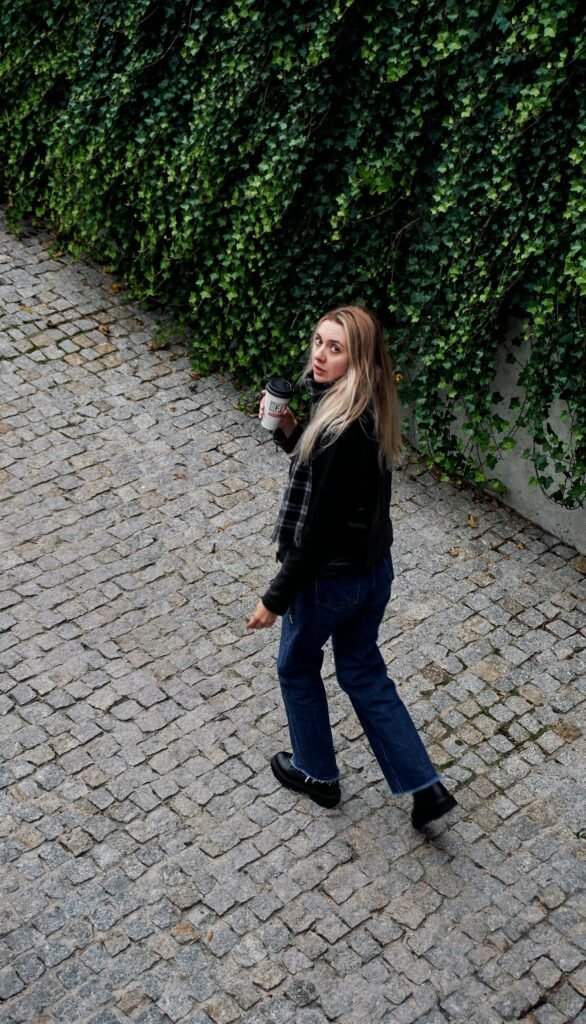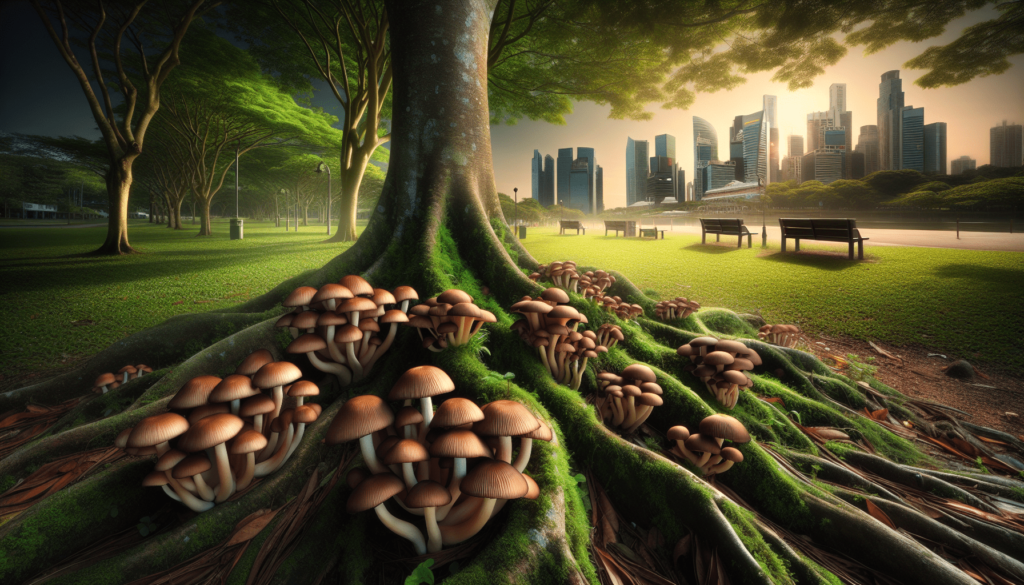Welcome to “The Art of Urban Foraging: Finding Edible Mushrooms in the City,” a captivating guide that will transform your perception of the concrete jungle. This article explores the surprising abundance of wild, edible mushrooms tucked away in urban parks, vacant lots, and green spaces. You’ll discover the best times and spots for city foraging, alongside crucial safety tips to ensure a rewarding and responsible experience. Dive into the techniques and tools that will make your urban foraging successful, learn about the culinary delights and medicinal properties of your finds, and connect with a community of like-minded urban foragers. Whether you’re a beginner or a seasoned mycophile, this guide will inspire you to uncover hidden treasures in the heart of the city while fostering sustainable and ethical foraging practices. Have you ever wondered what hidden treasures are waiting to be discovered in your city’s parks, gardens, and green spaces? Urban foraging is a fantastic way to connect with nature, learn about local ecosystems, and even source some delicious, wild food right from your backyard. “The Art of Urban Foraging: Finding Edible Mushrooms in the City” is here to guide you through this exciting journey with practical tips, seasonal highlights, and safety guidelines.

What is Urban Foraging?
Urban foraging refers to the practice of gathering wild foods from the city’s natural spaces. Whether it’s leafy greens, fruits, nuts, or mushrooms, these hidden gems offer a sustainable supplement to your diet. Not only does foraging provide fresh, organic produce, but it also helps you reconnect with nature and develop a greater appreciation for the urban ecosystem.
Why Focus on Mushrooms?
Mushrooms are a particularly fascinating foraging target due to their diverse forms, flavors, and uses. Edible mushrooms can be found in various urban environments, adding an adventurous twist to your culinary explorations. They’re nutritious, often packed with vitamins, minerals, and antioxidants. Plus, mushrooms play a significant role in ecosystems, breaking down organic material and creating healthy soil.
Regional Spotlights and Seasonal Guides
Before you set out with your basket and trowel, it’s crucial to understand that the types of mushrooms you’ll find will vary by region and season. Knowing the best times and places to forage will increase your chances of a successful and safe harvest.
North America
In North America, urban foragers can find mushrooms like morels, chanterelles, and chicken-of-the-woods in parks and wooded areas. The Pacific Northwest, with its damp climate, is particularly rich in mushroom biodiversity. Spring and fall are peak seasons for these fungi.
Europe
European cities boast numerous ancient woodlands and urban green spaces where mushrooms flourish. In the UK and parts of Eastern Europe, you’re likely to find delicious varieties such as porcini, shaggy mane, and oyster mushrooms.
South America
The diverse ecosystems of South American urban areas, especially around the Amazon Rainforest, make for exotic foraging territory. Here, mushrooms like the edible coral mushrooms and various puffball species are commonly found.
Safety and Ethics of Foraging
Proper Identification
Safety is paramount when foraging for mushrooms. Many toxic varieties look strikingly similar to their edible counterparts. Always use multiple reliable sources, such as foraging books, identification apps, and local expert guidance, to confirm the mushroom species before consumption.
Legal Considerations
Foraging regulations can vary by location. Some cities have specific guidelines or restrictions to protect their natural resources. Always check local regulations and, if necessary, seek permission from private landowners before foraging.
Ethical Foraging
Sustainable and ethical foraging practices are essential for preserving your city’s natural habitats. Only take what you can use, leave some mushrooms behind to spore, and avoid disturbing the surrounding ecosystem. “Leave no trace” is a key principle to follow.
Foraging Techniques and Tools
Having the right tools can greatly enhance your foraging experience.
Essential Gear
Here are some items you should consider bringing along on your urban foraging adventures:
| Tool | Purpose |
|---|---|
| Basket or Bag | To collect and carry mushrooms |
| Pocket Knife | For cutting mushrooms at the base |
| Field Guide | To help identify various mushroom species |
| Notebook | To document your findings and locations |
| Smartphone Apps | For GPS navigation and additional ID tips |
Foraging Tips
- Timing: Early morning is the best time for foraging, as mushrooms are fresher and less likely to be disturbed.
- Location: Look in shaded, damp areas where organic material is plentiful.
- Observation: Pay attention to signs of decay, leaf litter, and tree bases, as these are common mushroom habitats.

Culinary and Medicinal Uses
Mushrooms have been prized in various cultures not just for their flavors, but also for their potential health benefits.
Culinary Applications
Mushrooms can be a delightful addition to numerous recipes. Here are a few ideas:
- Sautéed: Simply cook in butter or olive oil with garlic for a delicious side dish.
- Soups and Stews: Add to broths for depth of flavor.
- Salads: Raw or lightly cooked mushrooms make a crunchy, nutritious salad topping.
- Pasta Dishes: Enhance your pasta with a variety of mushrooms for a gourmet twist.
Medicinal Benefits
Certain mushrooms have been used in traditional medicine for centuries. For example:
- Reishi: Known for its immune-boosting properties.
- Lion’s Mane: Believed to support cognitive function.
- Turkey Tail: Often used in teas to enhance gut health.
Community and Culture
Mushroom foraging is more than just a solo activity. It can be a community-rich endeavor that brings like-minded enthusiasts together.
Festivals and Workshops
Many cities host festivals and workshops dedicated to foraging and mycology. These events often include:
- Guided Foraging Tours: Led by experts who can share local knowledge and tips.
- Cooking Classes: Learn how to prepare and preserve your foraged finds.
- Educational Talks: Gain deeper insights into the ecological roles of mushrooms and fungi.
Foraging Groups
Joining a foraging group can be a great way to share knowledge and experiences. These groups often organize:
- Monthly Foraging Walks: Opportunity to explore new areas and learn from seasoned foragers.
- Social Gatherings: Potluck meals featuring wild-foraged ingredients.
- Online Communities: Forums and social media groups where you can exchange tips and photos.

Conservation and Sustainability
Understanding the importance of conservation can enhance your foraging practices and contribute positively to the environment.
Mushroom Diversity
Mushrooms play critical roles in their ecosystems: decomposers, mycorrhizal partners, and food sources for wildlife. By appreciating and conserving mushroom habitats, you support these vital ecological functions.
Sustainable Foraging Practices
- Harvest Mindfully: Only take what you can use and leave enough behind to propagate.
- Minimize Disturbance: Stick to established trails and avoid trampling vegetation.
- Educate Others: Spread awareness about the importance of sustainable foraging practices in keeping urban ecosystems healthy.
Engaging Narratives and Personal Stories
Stories from experienced foragers and local experts can add a personal touch to your urban foraging journey.
Tales from the Field
Hearing about their adventures, challenges, and unexpected discoveries can be both inspiring and informative. These narratives often highlight:
- Uncommon Finds: Unexpected and rare mushrooms discovered in unlikely places.
- Cultural Traditions: How local communities incorporate mushrooms into their traditions and cuisines.
- Learning Experiences: Lessons learned from misidentifications or encounters with local wildlife.
Building Your Own Narrative
As you grow more experienced, you’ll build your own foraging stories. Document your journeys, share them with friends and community members, and inspire others to explore the hidden natural treasures of their urban environments.

Final Thoughts
Urban foraging for edible mushrooms is a fulfilling, sustainable practice that connects you with nature and offers delicious rewards. With the right knowledge, tools, and respect for the ecosystem, you can dive into the vibrant world of urban mushrooms.
Remember, the key to successful and responsible foraging lies in education, respect, and a true passion for the natural world. So, next time you’re walking through your local park or green space, look a little closer—your next culinary adventure might just be hiding under a pile of leaves. Happy foraging!
